‘Nightmare of Eden’ is one of the darkest and funniest stories from Doctor Who‘s 17th season. What is it about these Doctor Who episodes which makes them so appealing?
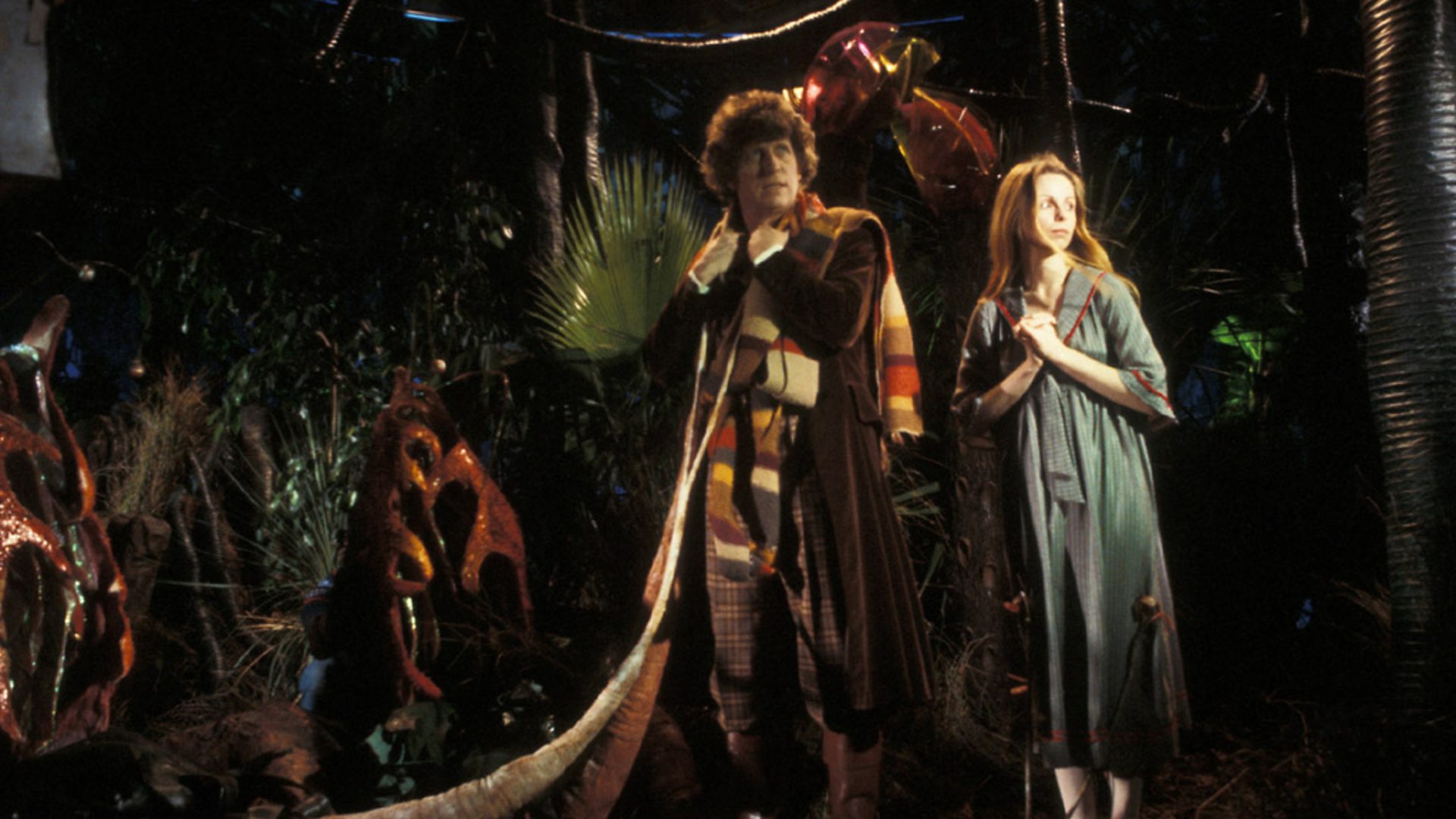
We’re not going to pretend that these Doctor Who episodes are among fans’ favourites. Like many Doctor Who stories, ‘Nightmare of Eden’ has earned many detractors over the years, but this blog post focuses on all the reasons to love these Doctor Who episodes from veteran writer Bob Baker. Script edited by the ever-popular Douglas Adams and starring the iconic TARDIS team of the Fourth Doctor, Romana and K9, there is much to enjoy in ‘Nightmare of Eden.’ Here are five reasons why it is worthy of your time…
Lewis Fiander as Tryst
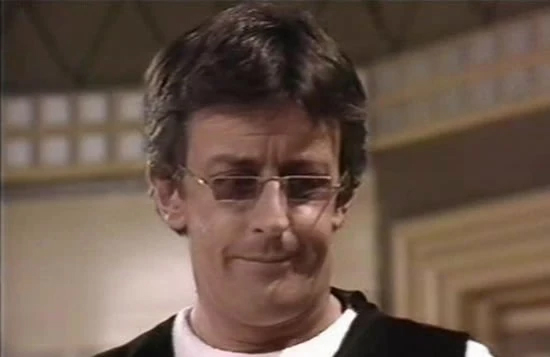
One of the main characters in these Doctor Who episodes is the xenozoologist Tryst – inventor of the Continuous Event Transmitter, or CET. Simply put, this was a device which acted as a portable zoo; Tryst had found a way to store living creatures and their habitats inside crystals which, when connected to the CET, would generate something of a virtual reality that people could observe and step into.
However, Fiander’s portrayal of Tryst in these episodes is perhaps one of the more ‘Marmite’ moments. Apparently, Fiander decided to give Tryst a hybrid Germanic accent after consultation with Tom Baker, who persuaded him that such a voice would befit a madcap inventor from the future. Together with his custom spectacles, Tryst became something of a larger-than-life character who chewed the scenery whenever he appeared.
One way or another, you will have an opinion on Fiander’s portrayal of Tryst. Love it or hate it, his performance is memorable…
“Oh my everything!”
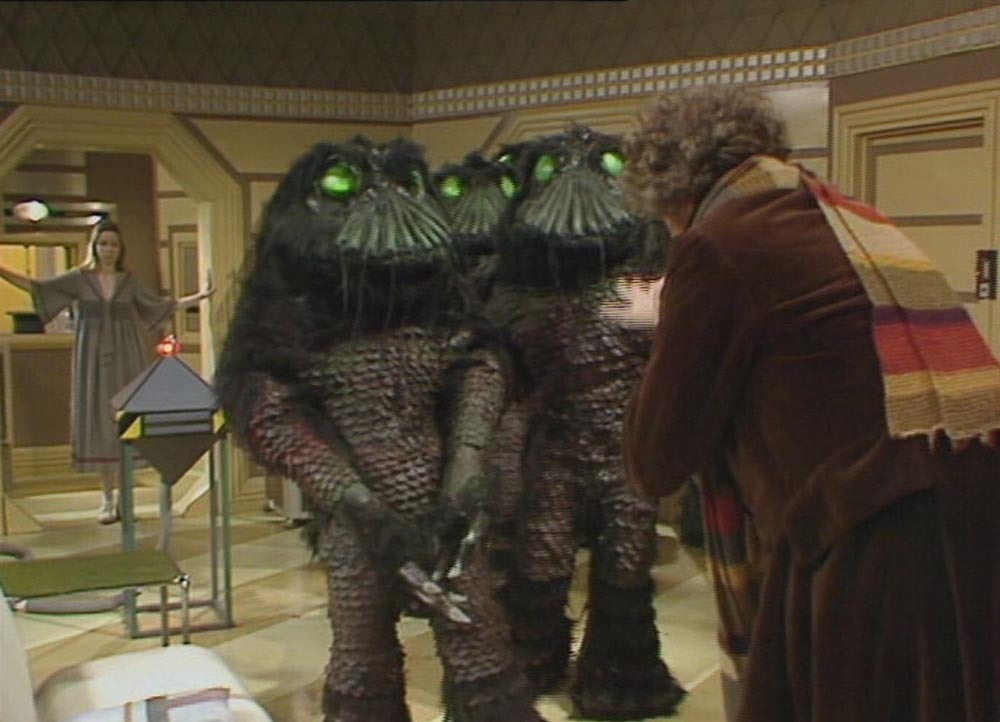
Speaking of memorable performances, we have Tom Baker’s portrayal of the Fourth Doctor. Famously at this point in his Time Lord career, Tom Baker had developed a habit of adlibbing during filming, and frequently inserted his own jokes.
One such example comes in the fourth part of ‘Nightmare of Eden’ where the Doctor gets attacked by a vicious army of creatures, known as Mandrels. The fight takes place out of vision, with the Doctor crying out: “Steady, steady. This way. Not that way! This. Oh! Oh! Oh, my fingers, my arms, my legs! Ah! My everything! Argh!” He then emerges victorious from the fracas, but with his outfit ripped to shreds.
And like many moments from Doctor Who Season 17, this scene is often hailed as either a stroke of comedic genius, or a cringe-inducing faux pas that has no place in a serious SF adventure.
But, when watched in the right frame of mind, it is certainly entertaining…
The Mandrels
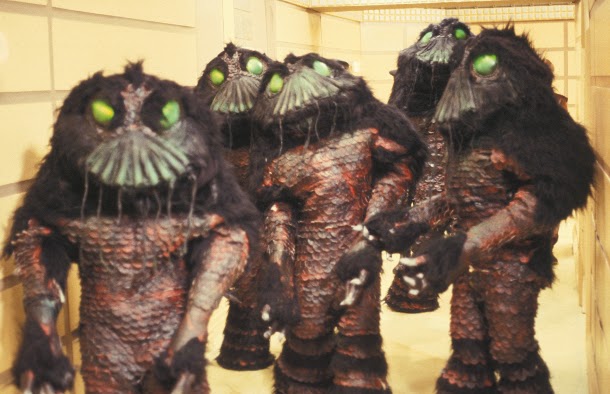
All Doctor Who episodes need their monsters, and for ‘Nightmare of Eden’ the writer Bob Baker came up with the Mandrels – highly aggressive creatures from the planet Eden which dwell (or are supposed to dwell) in Tryst’s CET. Inevitably they escape, and this is bad news when you’re trapped on a stricken space liner.
Undoubtedly, these Doctor Who monsters were never going to win any awards for their realism, but the concept is strong. For anyone who’s seen these Doctor Who episodes, you will know how Bob Baker uses the Mandrels and what purpose they ultimately serve in the overall plot, and it’s a clever one.
Certainly, they’re not the most convincing monsters in Doctor Who history, but if one suspends disbelief and looks past the polystyrene, the Mandrels are a highly effective Doctor Who baddie. You wouldn’t want to meet them in a dark alley…
Vraxoin
Comedy moments and questionable monsters aside, ‘Nightmare of Eden’ actually deals with dark subject matter – namely drug smuggling, and drug addiction. And the topic is handled with great sensitivity and care in these Doctor Who episodes; writer Bob Baker initially called the story’s drug Zip, as he wanted something that sounded cool and appealing. However, he ultimately changed it something more innocuous – Vraxoin – for fear that he could make drug-taking seem too glamourous.
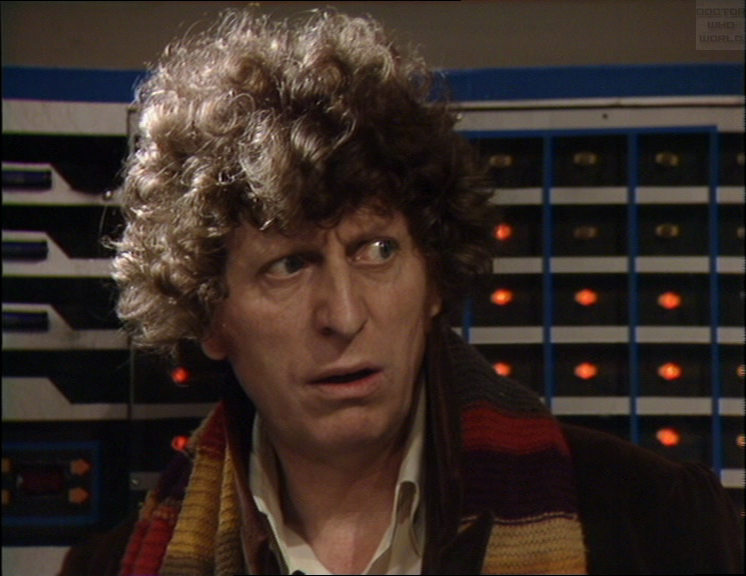
In many ways, these Doctor Who episodes show the series at its dramatic best. Indeed, as the Blake’s 7 star Gareth Thomas once explained, good science fiction is like good farce, in one way only – it shows real people in an unreal situation. And the way the characters respond to Vraxoin (be it as peddlers or addicts) is uncanny; ‘Nightmare of Eden’ could easily be repurposed as a gritty, urban police drama, or even as an episode of Black Mirror.
Of course, these darker moments are offset by some of the light-hearted performances and moments of comedy, but at its core ‘Nightmare of Eden’ is one of the most adult Doctor Who stories of the Fourth Doctor era. For this reason, it is well worth your time.
We’re lucky it got made
There have been many troubled Doctor Who episodes over the years, and ‘Nightmare of Eden’ is no exception. In fact, its production was so beset with problems that, at one point, it looked as if it would never get finished.
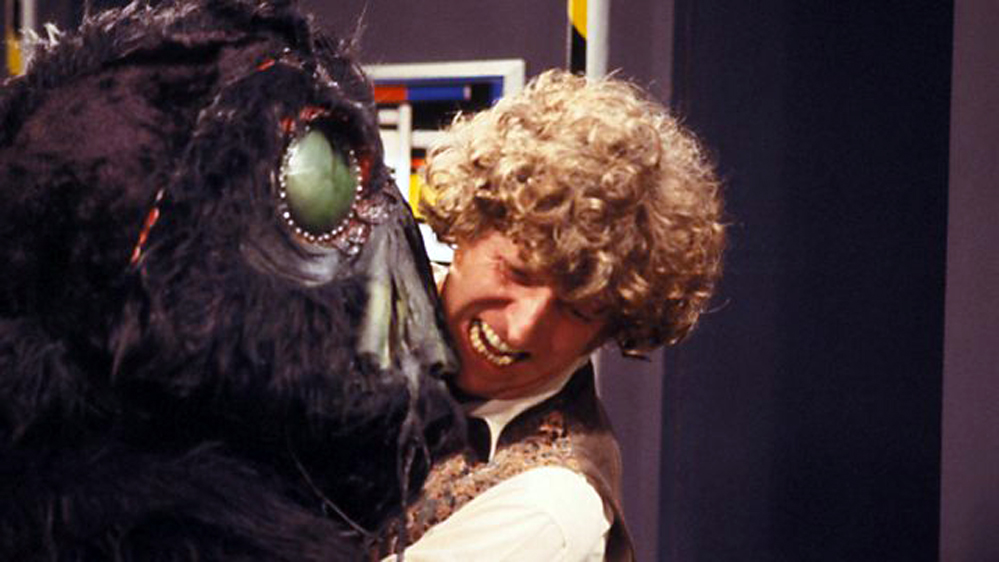
There are many reasons for this, and it could be argued that these Doctor Who episodes fell victim to something of a perfect storm. One factor was the troubled relationship between the director and the cast and crew. Tensions soon escalated and the director ultimately had a major falling-out with one of the actors, resulting in him quitting the project. (These events have been openly discussed in ‘Nightmare of Eden’s making-of documentary, available on the Season 17 box set.)
Subsequently, producer Graham Williams was forced to step in as director in order to finish the story. The experience, though, did prove instrumental in his decision to move on from Doctor Who, and the following year he handed the reins over to the former production unit manager John Nathan-Turner.
These Doctor Who episodes also used some experimental video techniques which complicated matters, namely employing videotape rather than film to capture the model sequences. This was probably due to the story requirements, which stipulated that two space vessels had to materialise around each other and cause a mid-air collision – something which may have been easier to achieve on video rather than film.
That said, even today, achieving such a visual effect would be challenging. After all, what does a mid-air collision of two semi-materialised spaceships actually look like? The Season 17 box set certainly makes a valiant attempt, reimagining the sequences with CGI.
We can watch these Doctor Who episodes, therefore, which a greater sense of appreciation when we know how much blood, sweat and tears went into making them. In fact, when ‘Nightmare of Eden’ eventually wrapped, the cast and crew donned t-shirts which read “I’m relieved the Nightmare is over!”
What do you enjoy most about ‘Nightmare of Eden’? And where does it rank on your list of classic Doctor Who stories? Let me know in the comments below.







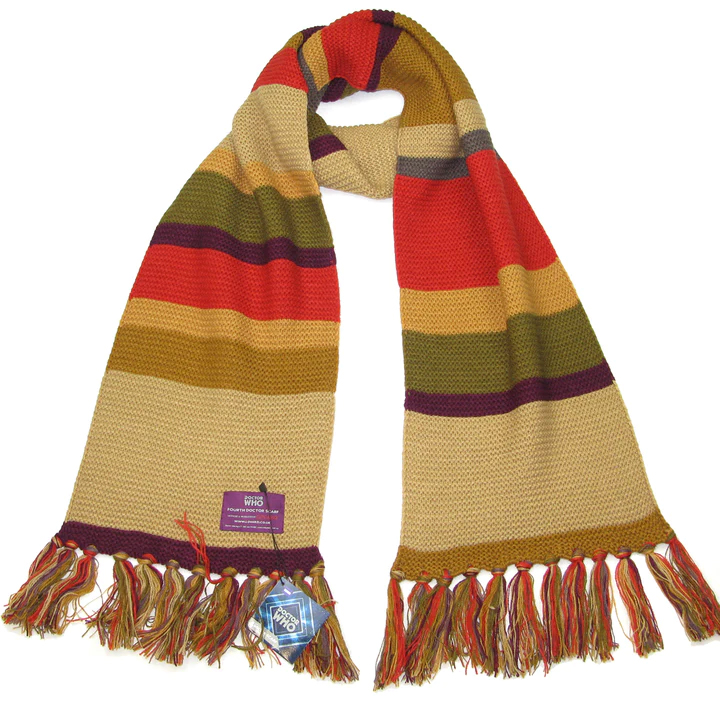
I’ve always enjoyed this serial, and always questioned why it gets so much hate. The ‘oh my everything’ should have been edited out, but everything else I’m game for. If it hadn’t been so brightly lit, the Mandrels could have been fine, and certainly no worse than most other creatures of the era. In fact, having recently watched season 17, I’ve actually warmed to it more than I imagined I would
Lewis Fiander gets a lot of flax for his accent, which as you said, is very unfair. Sontaran Experiment and Invisible Enemy had actors speaking in strange accents, and nobody complains about them! Tryst is an awesome character, very well-portrayed.